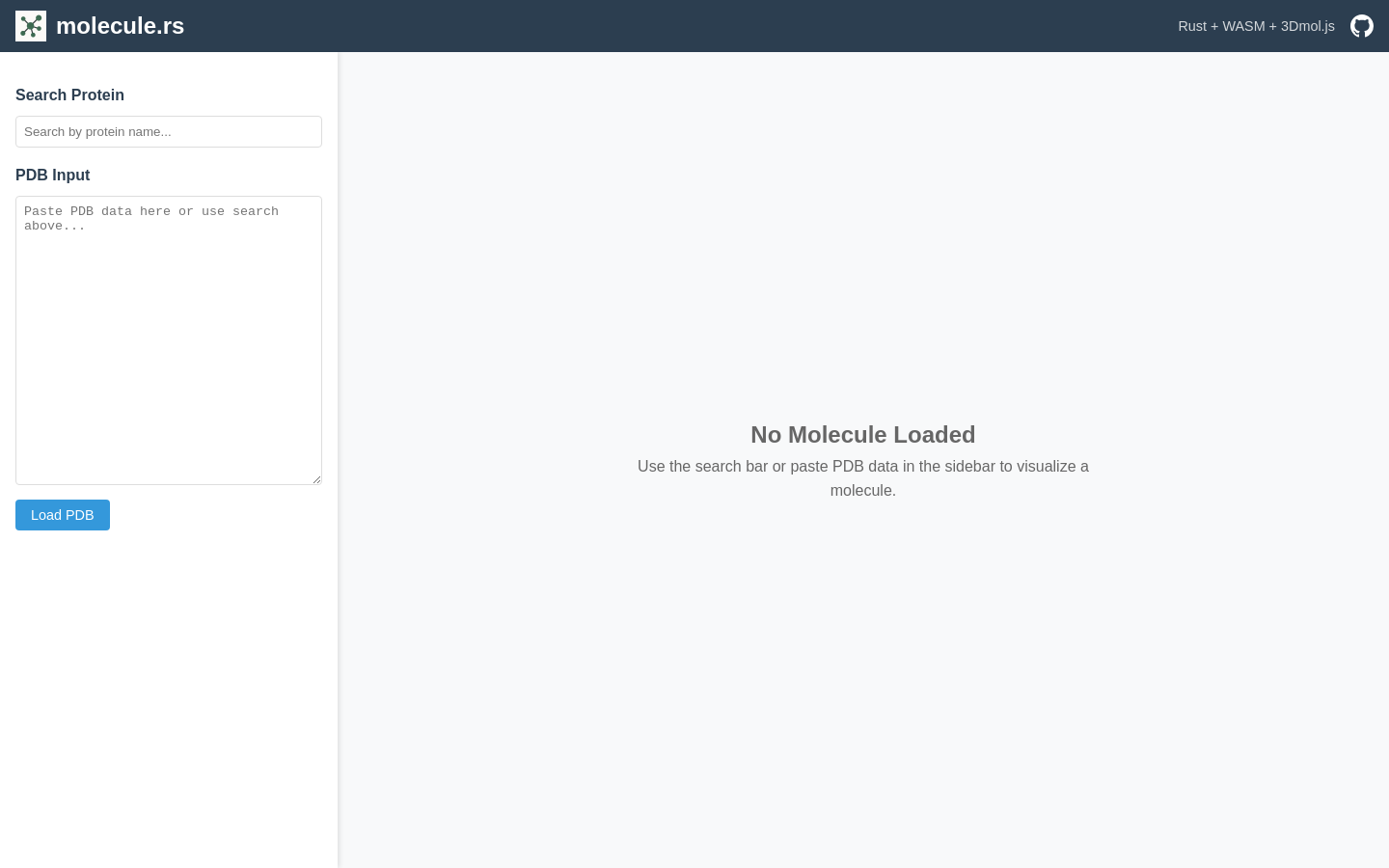

Highlight 1
The integration of WebAssembly allows for near-native speed in 3D rendering, making the application highly efficient for complex molecular structures.
Highlight 2
The app provides interactive 3D models that enhance user experience, allowing for a more thorough exploration of molecular data.
Highlight 3
The product caters specifically to researchers and developers by offering a tool designed to handle technical visualization needs without unnecessary bloat.

Improvement 1
The UI could benefit from a more polished and user-friendly design to attract a wider audience beyond just technical experts.
Improvement 2
Improvements in documentation and tutorials would help users better understand how to utilize its features effectively.
Improvement 3
Establishing a more structured approach to community feedback and contributions could enhance development and create a vibrant user community.
Product Functionality
Consider adding support for additional file formats to broaden usability and enhancing features such as saving and exporting molecular visualizations.
UI & UX
Revamp the user interface with a focus on intuitive navigation and aesthetic appeal to improve the overall experience.
SEO or Marketing
Implement a content marketing strategy including blog posts about molecular visualization to drive traffic and educate potential users about the application.
MultiLanguage Support
Introduce multi-language support to cater to a global audience, particularly in regions with high research activity in molecular sciences.
- 1
What file formats does Molecule-RS support?
Molecule-RS primarily supports PDB files for parsing molecular structures.
- 2
Is Molecule-RS suitable for educational purposes?
Yes, its interactive visualization capabilities can be beneficial for educational settings focused on chemistry and molecular biology.
- 3
How can I contribute to improving Molecule-RS?
You can contribute by visiting the project's GitHub page where you can report issues, suggest features, or submit code improvements.
